What are the Four Chambers of the Heart?
The heart is a muscular organ responsible for pumping blood around the body. The heart has a four-chamber system to enable oxygenated blood and deoxygenated blood to be kept separate from each other. The heart pumps oxygenated blood from the lungs to the body and deoxygenated from the body to the lungs to enable re-oxygenation.
In this first aid blog post we will look at the four chambers of the heart in more detail and how blood moves through these chambers.
Where Are the Heart Chambers Located?
The heart muscle sits between the lungs and behind the breastbone (sternum.)
A closer look at the heart shows that the four chambers sit symmetrically from one another in a quadrant.
The two chambers at the top of the quadrant are the right and left atriums. Sitting below these atria, we find the right ventricle and the left ventricle.
Surrounding these four chambers is a double-layered sac called the pericardium. The inner layer of the pericardium is thin and smooth, and the outer layer is tough and fibrous. Between these two layers is a lubricating fluid known as pericardial fluid. It helps the heart to beat without added friction.
What are the Four Chambers of the Heart?
The four chambers of the heart are the: left atrium, left ventricle, right atrium and right ventricle.
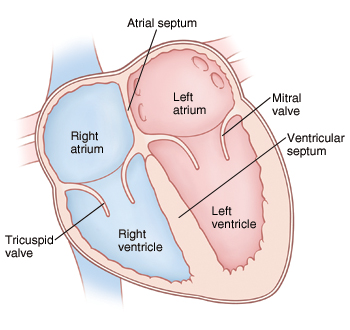
The ventricles have the responsibility of creating a force big enough to push the blood around the body. Therefore, the ventricle muscular tissue is much thicker than that of the atria. Because the left ventricle is responsible for pushing oxygenated blood around the whole body, it has even more muscular tissue compared to the right ventricle which is only transporting deoxygenated blood a relatively short distance to the lungs.
Blood flow through the heart is in a particular direction; a cycle. Oxygenated blood from the lungs arrives into the left atrium from the pulmonary vein. This then passes into the left ventricle which contracts strongly to push the blood into the aorta which will transport the blood around the body.
After collection from the body tissues, the now deoxygenated blood enters the right atrium from the superior and inferior vena cava. The blood then enters the right ventricle which contracts to push the blood into the pulmonary artery, transferring the blood back to the lungs for re-oxygenation.
Like a boiler or engine system, the heart requires valves to prevent backflow of blood in the wrong direction. There are four valves in the heart, which separate the atria from the ventricles and the ventricles from the aorta and pulmonary artery. There are four heart valves:
- Mitral valve – Separates the left atrium from the left ventricle
- Aortic valve – Separates the left ventricle from the aorta
- Tricuspid valve – Right atrium into the right ventricle
- Pulmonary valve – Separating the right ventricle and the pulmonary artery.
Damage to the valves can cause backflow of blood if they are not able to close properly. This is called regurgitation. Patients with regurgitation develop dilated ventricles and atria at they have to work harder to push blood out of them. If the valves become stiff or narrowed (called stenosis), the blood flow through them gets restricted and therefore not as much blood is ending up where it should be and the heart has to work harder to push blood out
What is the Function of Each Heart Chamber?
As we know, it’s the heart’s job to pump blood around the body, and each chamber plays a crucial role in this process.
The Right Atrium
The right atrium removes deoxygenated blood from the body. It does this via two superior and inferior vena cava veins. Then, the blood is pumped into the right ventricle via the tricuspid valve.
The Right Ventricle
The right ventricle pumps blood from the right atrium into the lungs. Here, the blood releases carbon dioxide and receives oxygen. This freshly recharged, oxygenated blood is transported through the pulmonary veins back into the heart before continuing into the left atrium.
The Left Atrium
The left atrium collects freshly oxygenated blood from the lungs and sends it through the mitral valve and into the left ventricle.
The Left Ventricle
The left ventricle’s role is to pump the oxygenated blood out of the heart and into the body via the aorta (the largest artery in the human body.) It requires a lot of force, so the left ventricle is considerably larger and stronger than the other heart chambers.
From the aorta, the recharged, oxygen-rich blood flows throughout the body through a complex network of arteries. It provides cells with the oxygen and nutrients they need to function correctly.
So, as you can see, each of the heart’s four chambers plays a vital role. Together, they work in tandem to distribute oxygenated blood where it needs to go and send deoxygenated blood back to the lungs for oxygenation.
What Conditions and Disorders are Related to the Heart Chambers?
When one or more of the heart’s chambers don’t work as they should, problems can arise. There are multiple conditions and disorders relating to the heart chambers, including:
1. Arrhythmias
Arrhythmia is defined as an irregular or abnormal heartbeat. The condition is primarily caused by a defect or interference with the heart’s electrical system or damage to the heart muscle.
The three primary types of arrhythmias are supraventricular, ventricular, and bradyarrhythmias.
Supra means above, indicating that this condition originates in the heart’s atria, the two upper chambers. Ventricular refers to the lower two chambers of the heart, known as the ventricles, and bradyarrhythmia comes from the Greek word “bradys,” meaning slow or delayed.
2. Atrial Fibrillation
Also known as Afib, Atrial fibrillation is a form of supraventricular arrhythmia. It’s the most common type of heart arrhythmia, and for many people, it presents no symptoms at all.
Atrial fibrillation manifests as an irregular and often rapid heartbeat caused by a disruption to the heart’s electrical signals. As a result, the atria (the heart’s upper two chambers) quiver or fibrillate rather than contract normally.
This disruption can cause weakened blood flow and increase your chances of developing blood clots or stroke.
While some people with Afib are symptom-free, others may notice warning signs of the condition. These include chest pains, heart palpitations, dizziness, weakness, or shortness of breath.
Symptoms or no symptoms, Afib is a severe condition that your doctor should monitor. But the good news is it’s treatable with the proper medications and interventions.
3. Supraventricular Tachycardia (SVT)
Supraventricular tachycardia (SVT) is another form of supraventricular arrhythmia characterized by an abnormally fast heart rate. There are various subtypes of SVT, but the majority are caused by a disruption in the electrical signals that pass between the heart’s upper and lower chambers.
When the heart muscle works as it should, electrical signals are created in our natural pacemaker, the sinoatrial (SA) node. These signals arrive at the atria via the atrioventricular (AV) node. They are momentarily delayed to allow the lower heart chambers (the ventricles) enough time to refill the blood supply. The ventricles are then triggered to contract and pump the blood back into the body.
But for people with SVT, these electrical systems are disrupted due to an extra electrical pathway or abnormal electrical signals in the AV node. It causes the heart to beat faster and can lead to chest pain, palpitations, shortness of breath, dizziness, and fainting.
4. Ventricular Fibrillation
Otherwise known as Vfib, ventricular fibrillation is a severe form of ventricular arrhythmia that, if left untreated, can cause sudden cardiac death.
Vfib is caused by rapid and uncoordinated contractions of the lower heart chambers (the ventricles.) These abnormal contractions cause the heart to pump insufficient blood throughout the body, resulting in a lack of oxygen to vital organs such as the brain.
Vfib is one of the leading causes of sudden cardiac death and is a major medical emergency. Treatment involves CPR and defibrillation (an electrical shock to the heart).During a Vfib episode, the person collapses and loses consciousness. Still, there are some early warning signs to look out for before it gets to this stage, including a fast heartbeat, chest pain, dizziness, nausea, and shortness of breath.
Alongside arrhythmia, multiple other diseases and conditions are related to the heart’s chambers. These include:
5. Heart Valve Disease
Heart valves are like doorways between the four chambers of your heart. These doorways help to keep your blood flowing in the right direction and prevent it from traveling backward.
But this mechanism is compromised when one or more of the heart valves is damaged or impaired.
There are several types of heart valve diseases, including aortic stenosis, mitral regurgitation, and tricuspid regurgitation, and each one has its unique set of causes, risk factors, and symptoms.
6. Congenital Heart Defects
Congenital heart defects are structural abnormalities present at birth that can affect the function of the heart and its chambers. They occur in approximately 1% of all newborns, making them one of the most common congenital disabilities seen today.
Congenital heart defects can disrupt the normal flow of blood through the heart. While some are minor and may not require treatment, others are serious and must be treated through medical interventions such as surgery.
7. Endocarditis
Endocarditis is a rare but severe infection that affects the lining of the heart chambers, known as the endocardium. The infection causes the lining to become inflamed, impairs the heart muscle’s overall function, and hinders its ability to circulate blood throughout the body.
Like any infection, endocarditis requires treatment using antibiotics. If left untreated, it can cause permanent damage, which may require surgery to fix.
How to Keep Our Heart Chambers Healthy?
Some conditions and diseases related to the heart are congenital, and others occur due to underlying health conditions and lifestyle factors.
So, with this in mind, there are several things you can do to keep your heart and its chambers as healthy as possible. These include:
1. Quitting Smoking
Smoking damages the blood vessels in and around the heart and causes plaque buildup in the arteries. As a result, it’s one of the leading causes of heart disease.
But the good news is that by quitting smoking, you can reverse the damage that has been done and improve your overall health. Within a few weeks, you’ll notice a beneficial decrease in blood pressure and heart rate, and your risk factor for heart disease will drop each month significantly.
2. Getting Plenty of Exercises
The heart is a muscle, and just like any muscle, it needs a regular workout to make it stronger and keep your blood flowing around your body as it should.
The American Heart Association recommends at least 150 minutes of moderate-intensity aerobic exercise weekly. How you achieve this is up to you, but popular activities include a brisk walk, jogging, cycling, or swimming.
3. Practicing Healthy Eating Habits
Diet is one of the most crucial ways to keep our hearts healthy, and eating the wrong foods can lead to severe complications.
So, avoid processed foods as much as possible, and instead, try to incorporate plenty of heart-healthy ingredients into your diet, such as fruits, vegetables, whole grains, lean proteins, and healthy fats.
4. Managing Your Stress Levels
Stress is a killer, and those suffering from chronic stress are at a higher risk of developing heart disease. So, try incorporating relaxing, stress-reducing practices into your daily routine, such as breathing exercises, mindfulness meditation, yoga, and regular nature walks.
5. Getting Plenty of Sleep
Getting enough sleep each night is crucial to our overall health, and it can significantly impact our hearts’ health, too.
While we sleep, our bodies are busy repairing and regenerating, and this process is interrupted when we don’t get enough. Over time, a chronic lack of sleep can exacerbate an underlying heart condition and increase our risk factors for heart disease, heart attacks, and stroke. So, prioritize sleep, just like you would with other healthy habits. Aim for between 7-9 hours per night.
6. Visiting Your Doctor for Regular Check-ups
As we get older, the risk of heart disease increases, so regular check-ups are essential to ensure everything works as it should. After all, the earlier a problem is detected, the sooner you can begin an effective treatment plan.
Lifestyle plays a huge role in the health of our hearts. By implementing the steps above, you’re doing everything possible to keep your heart chambers in tip-top shape and reduce your risk of developing heart disease or other heart-related conditions.
Conclusion
By examining the heart’s four chambers and understanding their functions, we can begin to appreciate how this incredible organ works to keep us healthy and alive.
If one chamber is defective or fails, it has a knock-on effect on the entire system. Now that we know more about the intricacies of the heart and its chambers, we can use this knowledge to inspire us to take care of our cardiovascular health and ensure this amazing organ continues functioning at its best.

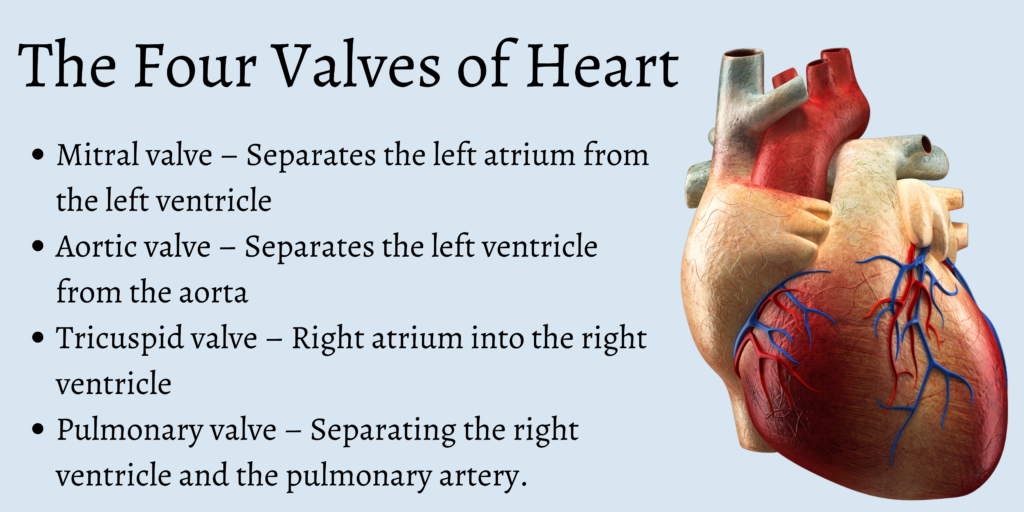
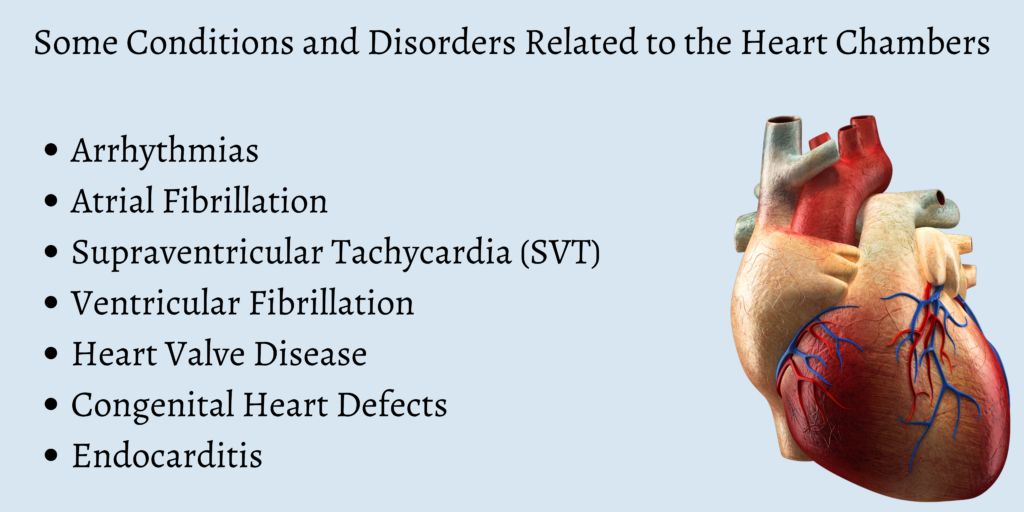
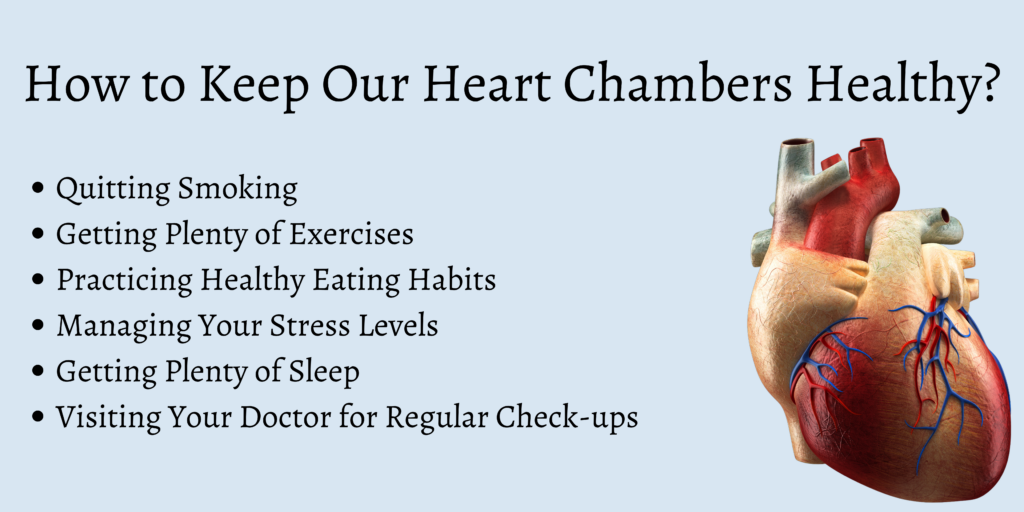
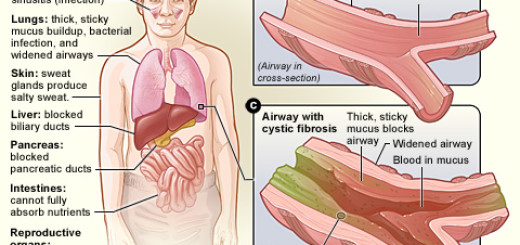
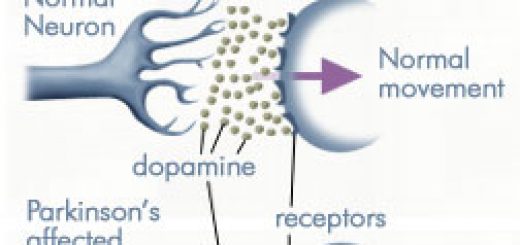
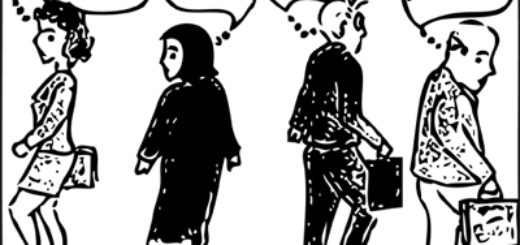


Very helpful training.
Thank you! We’re glad you found our free classes useful.
Thanks,
John & team
Thank you so much for your classes really appreciate your good work